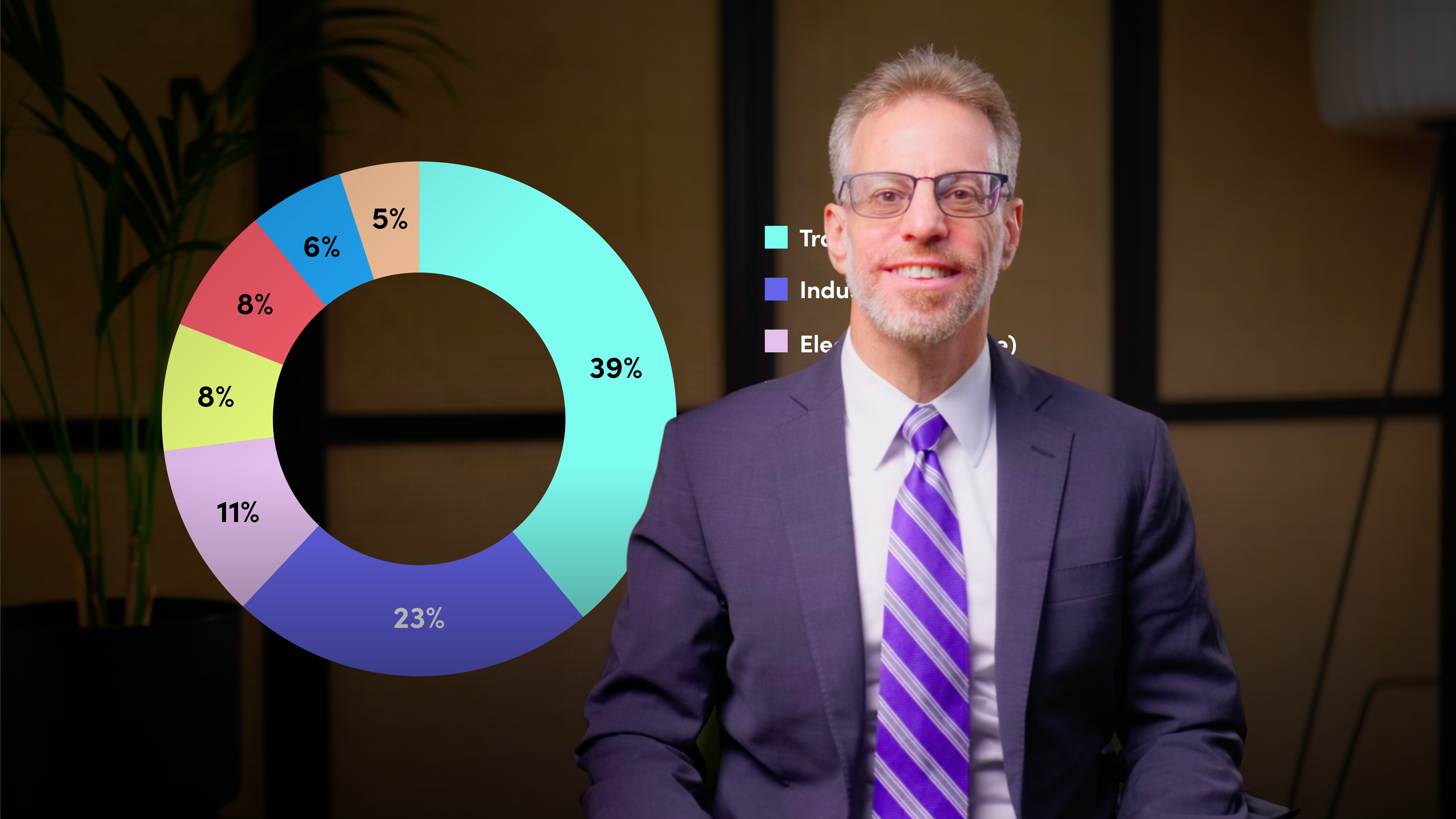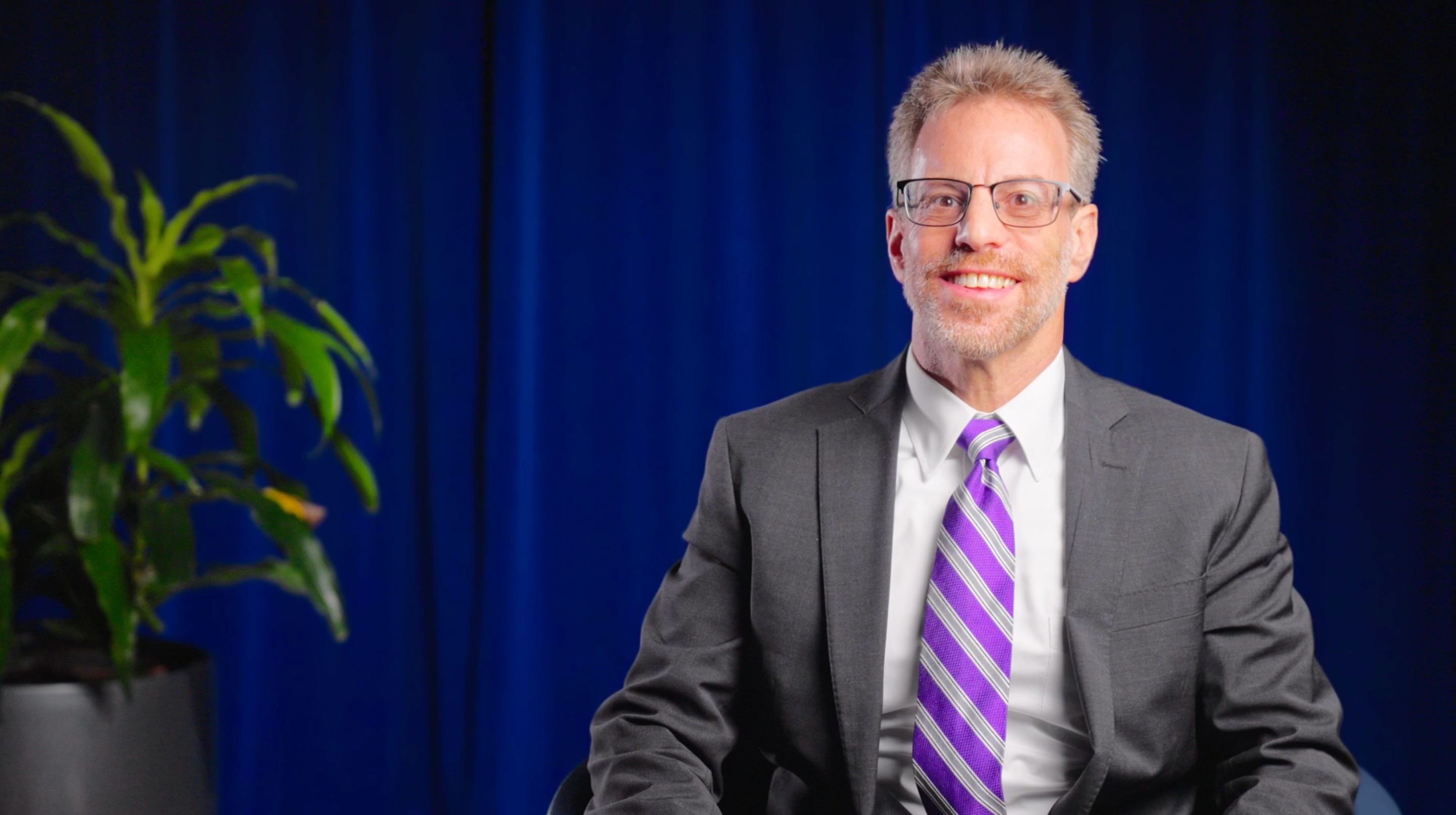
California's Clean Energy Transition Plan

Wayne Mayer
30 years: Sustainability and Corporate Social Responsibility Executive
In this video, Wayne breaks down California’s Clean Energy Plan and its ambitious goal of achieving 100% clean electricity by 2045. He explores key strategies like expanding renewable energy, modernizing the grid, and electrifying sectors such as transportation and buildings. He also highlights the economic and environmental benefits, including emissions reductions, job creation, and improved public health. Additionally, he examines the role of banks and financial institutions in funding clean energy projects and adapting to green finance opportunities.
In this video, Wayne breaks down California’s Clean Energy Plan and its ambitious goal of achieving 100% clean electricity by 2045. He explores key strategies like expanding renewable energy, modernizing the grid, and electrifying sectors such as transportation and buildings. He also highlights the economic and environmental benefits, including emissions reductions, job creation, and improved public health. Additionally, he examines the role of banks and financial institutions in funding clean energy projects and adapting to green finance opportunities.

California's Clean Energy Transition Plan
18 mins 44 secs
Key learning objectives:
Understand California’s Clean Energy Plan and its goal to achieve 100% clean electricity by 2045
Recognize the role of grid modernization, energy efficiency, and sector electrification in reducing emissions
Identify the financial opportunities and risks for banks in supporting California’s clean energy transition
Understand how the plan prioritizes equity and affordability to ensure benefits for all communities
Overview:

Wayne Mayer
There are no available Videos from "Wayne Mayer"

